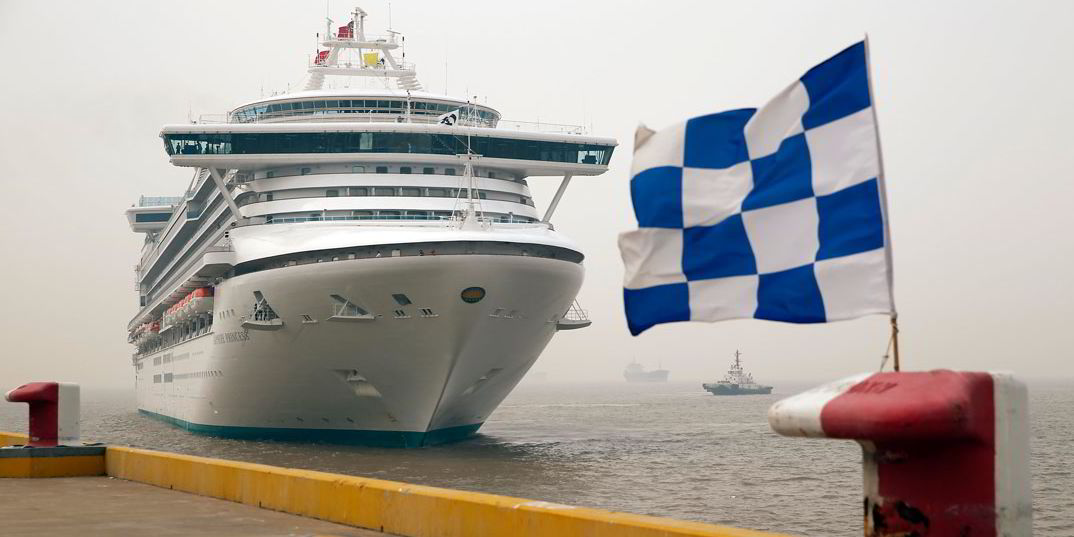Fears over excess capacity in the Chinese cruise market have largely subsided, according to Japanese investment bank Nomura.
“Too much capacity growth in China in the past 18 months has reduced pricing by around 15% in 2016 and as much 30%-40% from the peak,” said Nomura’s cruise analyst Harry Curtis.
“The pricing headwinds have been one of the industry challenges that has caused equity multiples to compress 25-40% in the past 12 months.
“Our view is that the bear thesis of excess capacity in China, further pricing weakness, and elevated risk of ship redeployment to developed markets is past.”
In 2017, Curtis says travel agents will have only two new major launches, Norwegian Cruise Lines’ Joy and Carnival’s Majestic Princess.
“Without Carnival’s new Aida ship, which has been redeployed to the Baltic, we expect around 26% capacity growth next year,” he says.
“China’s largest cruise seller believes that the addition of two new ships in 2017 should be absorbed without meaningful impact to pricing.”
Curtis says a typical high-end four night in-season cruise in China sells for around CNY 7,500 ($1,112) per person, roughly CNY 1,500 above off-season pricing.
“The adjusted average price is around $500 more than in Europe and the Caribbean, so yield would need to decline 30-50% from the lower pricing before ships might be relocated.”
Curtis says that while he does not expect 2017 yields to be higher, claim they will be lower does not seem to be the case.
The Nomura analyst says cruise in China is still in its early stages with four to five night cruises to Japan and South Korea likely to remain the dominant destinations due to time and cost limits.
“In China, the ceiling for higher-end in season cruises has been around CNY 9,000-10,000 and it could be several years before demand builds for longer duration, higher cost cruises,” he says.
However, segmentation seems to be developing with older tonnage attracting lower budget cruisers much like the Carnival brand does in the Caribbean.
“Travel agents believe that there is a market for this low end and that there is little likelihood the capacity needs to leave China,” he adds.



